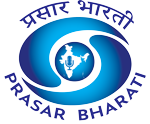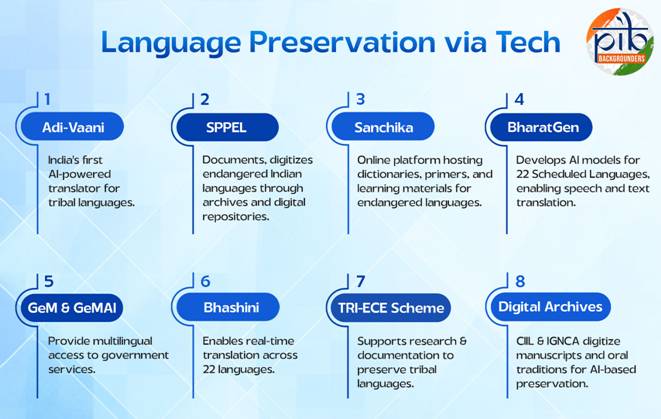In a move aimed at reshaping India’s linguistic future, the government is harnessing artificial intelligence (AI) and digital technologies to bridge the country’s vast linguistic diversity. Through platforms such as Bhashini, BharatGen, and Adi-Vaani, India is embedding support for all 22 Scheduled Languages — and dozens of tribal and regional dialects — into its digital infrastructure.
The initiative marks a pivotal step towards inclusive digital governance and education, ensuring citizens can access information and services in their native languages. “A language is not just a mode of communication — it is the soul of a civilization, its culture, and its heritage,” Prime Minister Narendra Modi has often emphasized, reflecting the philosophy driving this transformation.
AI-Powered Inclusion
Over the past decade, rapid advances in AI, natural language processing (NLP), and speech recognition have accelerated efforts to document and digitize Indian languages. The result is a network of AI-powered tools capable of real-time translation, multilingual voice assistance, and accessible content delivery across governance, education, and healthcare.
The government’s flagship language platform, Bhashini, launched under the National Language Translation Mission, offers real-time translation for 22 Scheduled and several tribal languages. It facilitates citizen access to government services, digital content, and parliamentary debates through projects such as Sansad Bhashini.
Complementing it is BharatGen, which develops advanced text-to-text and text-to-speech translation models using datasets from the Scheme for Protection and Preservation of Endangered Languages (SPPEL) and Sanchika, the Central Institute of Indian Languages’ (CIIL) digital repository. These AI models are designed to enhance accessibility in governance, education, and healthcare — ensuring digital inclusion in every major Indian language.
Preserving Endangered and Tribal Languages
India’s linguistic map includes hundreds of tribal and endangered languages — many at risk of disappearing. The Adi-Vaani platform, launched in 2024, is the country’s first AI-driven system for real-time translation and preservation of tribal languages like Santali, Bhili, Mundari, and Gondi. Combining speech recognition and NLP, it helps document oral traditions and makes tribal languages usable in education and administration.
Launched in 2013, the SPPEL scheme, implemented by CIIL Mysuru, focuses on documenting and digitally archiving languages spoken by fewer than 10,000 people. Its companion platform, Sanchika, aggregates dictionaries, storybooks, and multimedia content that feed directly into AI model training — creating a vital digital resource for both academic research and language technology development.
The Ministry of Tribal Affairs’ TRI-ECE scheme further supports the use of AI-based translation tools for converting English and Hindi content into tribal languages, with an emphasis on cultural sensitivity and linguistic accuracy.
Digital Transformation in Education
Artificial intelligence is also transforming India’s education system by making learning more inclusive. The AICTE’s e-KUMBH portal provides free access to technical books and study material in multiple Indian languages, supporting the National Education Policy (NEP) 2020 goal of teaching in the learner’s mother tongue.
Complementing this is the Anuvadini app, which uses AI to translate engineering, medical, law, and skill development textbooks into Indian languages. These efforts, together with digital education platforms like SWAYAM — which has enrolled over five crore learners — are bringing quality educational content to students in their native languages.
National efforts such as the National Translation Mission (NTM) and National Mission on Manuscripts (NMM) further link India’s linguistic heritage with its digital future, ensuring ancient texts and manuscripts are preserved and accessible online.
Technology at the Core
India’s multilingual digital transformation is powered by a suite of cutting-edge AI technologies, including automatic speech recognition, text-to-speech synthesis, neural machine translation, and natural language understanding. Pre-trained models like IndicBERT and mBART enable high-accuracy translation and comprehension across Indian languages, while large datasets sourced from digitized manuscripts, folklore, and educational content provide the foundation for AI training.
This technological ecosystem underpins platforms like Bhashini, BharatGen, and Adi-Vaani, ensuring that India’s linguistic diversity thrives in the digital age — not as a relic of the past, but as a living, evolving force for inclusion and innovation.
By integrating AI and digital archives into its language strategy, India is ensuring that its rich linguistic heritage remains vibrant and relevant. The government’s initiatives — from SPPEL and TRI-ECE to Bhashini and BharatGen — collectively aim to make digital governance, education, and communication accessible to all, regardless of language.










